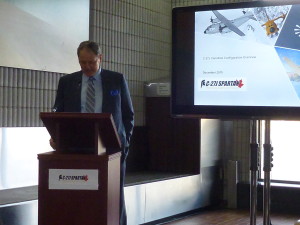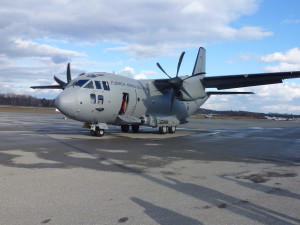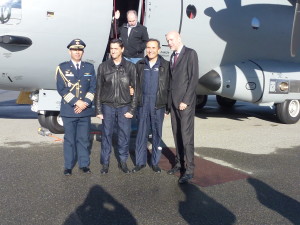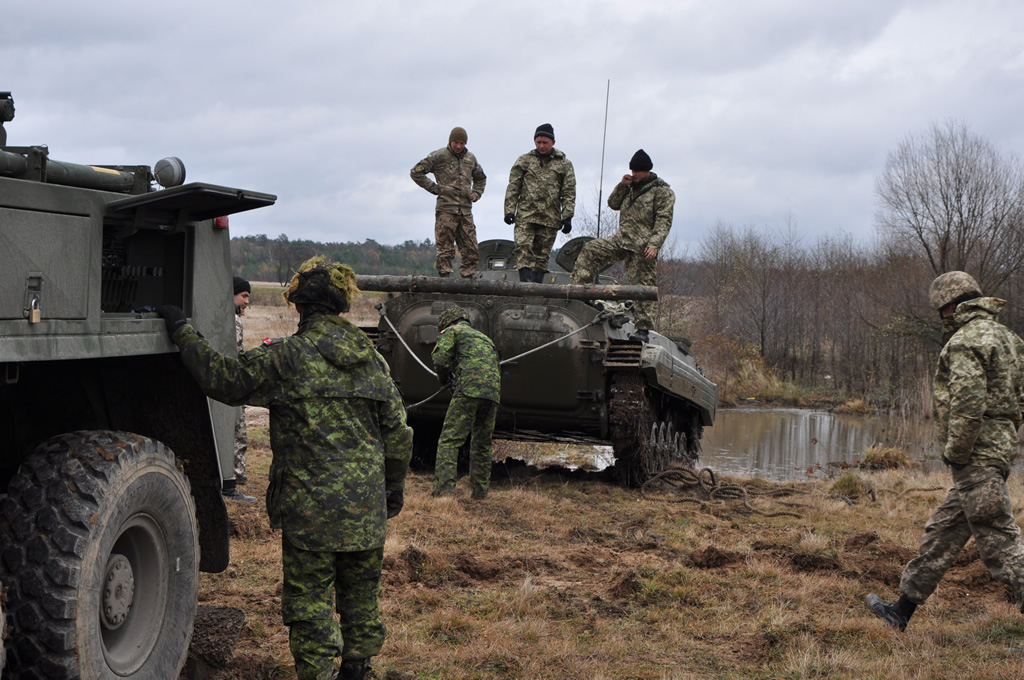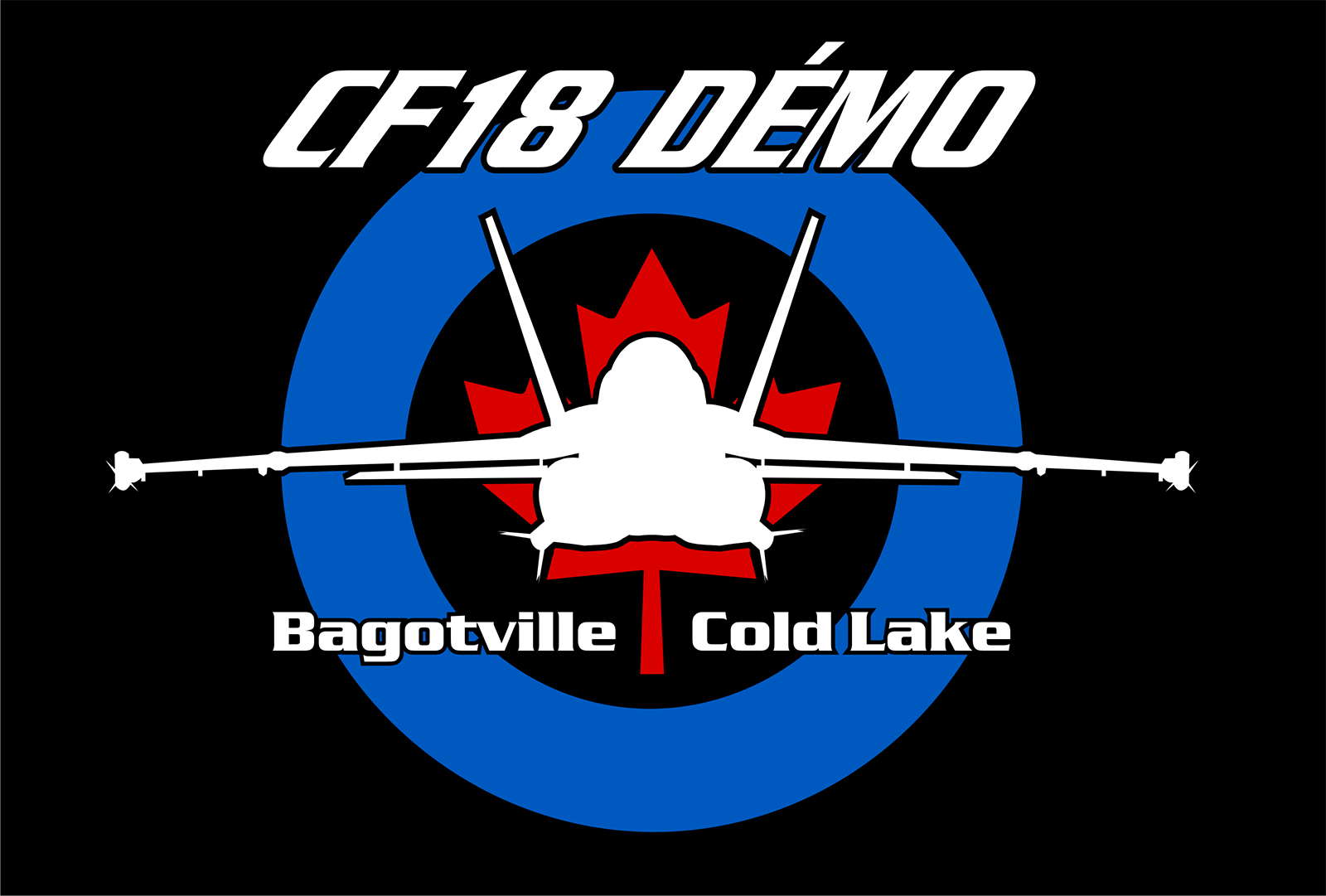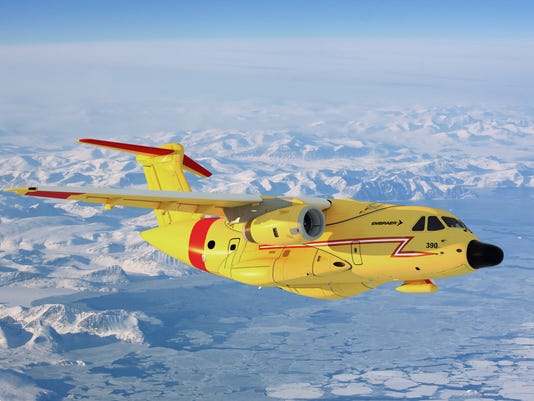Canadian Armed Forces Press Release:
WINNIPEG — The Royal Canadian Air Force (RCAF) is pleased to announce the appointment of Captain Ryan Kean as the pilot for the 2016 CF-18 Demonstration Team.
Captain Kean will wow audiences around North America during the 2016 air show season, flying his specially painted CF-18 Hornet commemorating the 75th anniversary of the start of the pan-Canadian effort to train aircrew for the Second World , including pilots, wireless operators, air gunners, and navigators through the British Commonwealth Air Training Plan.
2016 Season Theme - Training for Victory
The British Commonwealth Air Training Plan (BCATP) and its contribution to the Second World War air effort and the Allied victory was an important chapter in Canada's history, leaving a legacy in our communities for generations to come.
Training for victory
The agreement for the British Commonwealth Air Training Plan (BCATP) was signed in late 1939 and the program ran from 1940-45. Prime Minister Mackenzie King thought it would be one of Canada’s most significant contributions to the Allied effort during the Second World War, a contribution that would leverage "the power of the airplane in determining ultimate victory".
The exhaustive curriculum and intensive schedule of classroom and flight training in Canada turned out air crew members at a dizzying pace, ready to serve overseas.
By the end of the Second World War, the training plan had produced 131,553 aircrew, including pilots, wireless operators, air gunners, and navigators for the Air Forces of Great Britain, Australia, New Zealand and Canada. The plan also trained citizens of other nations – including Poland, the United States, Norway, Belgium, the Netherlands, Czechoslovakia and France – who joined the Royal Air Force (RAF) and Royal Canadian Air Force (RCAF).
Tens of thousands more maintainers and support staff were recruited and trained by the RCAF to support the effort; without the contribution of these men and women, the plan would have failed.
Communities giving us wings
Approximately 150 Canadian communities can trace connections to the BCATP.
Besides finding employment at training aerodromes, citizens of host communities also contributed to the training plan by instructing at and operating schools. Twenty-eight of the 30 Elementary Flying Training Schools and all 10 Air Observer Schools were run by community flying clubs, local companies or airlines.
The tremendous support of local agencies allowed the training plan to get off the ground quickly. Incorporating civilians into the basic stages of aircrew training allowed the RCAF to take advantage of already-qualified civilian instructors and existing aerodromes as early as the spring of 1940.
Canadians took great pride in making the trainees feel a part of their communities, and community events did wonders to lift the spirits of Commonwealth air force personnel.
The lasting legacy
Article XV of the BCATP agreement indicated that Australian, Canadian and New Zealand air force personnel would be identified with their respective countries, either by organizing their own national units or formations or by other methods. This eventually led to the creation of specifically Australian, Canadian and New Zealand squadrons, rather than having all air personnel of those nations serve in Royal Air Force units (although many Canadians also served in RAF squadrons). The Canadian squadrons that grew out of this article of the agreement – the so-called 400 series of squadrons – continue to form the fabric of the Royal Canadian Air Force to this day.
The first of these squadrons came into existence in 1941, which is why Canada is celebrating the BCATP’s 75th anniversary in 2016.
Many reminders of this community effort can be seen across Canada today. The airports of many cities and towns were once part of the plan’s aerodrome infrastructure. Many military bases in use today were once flight training schools, and even Canada's participation in NATO air training stems from this legacy.
Many Canadian communities were also left with other somber reminders of the training plan’s history. Commonwealth recruits who died during training were buried in cemeteries of nearby communities, along with airmen from other nations undergoing training, most of them under the auspices of the Royal Air Force. . Of the 856 participants who died during training in Canada were:
469 members of the Royal Canadian Air Force
291 members of the Royal Air Force
65 members of the Royal Australian Air Force
31 members of the Royal New Zealand Air Force

